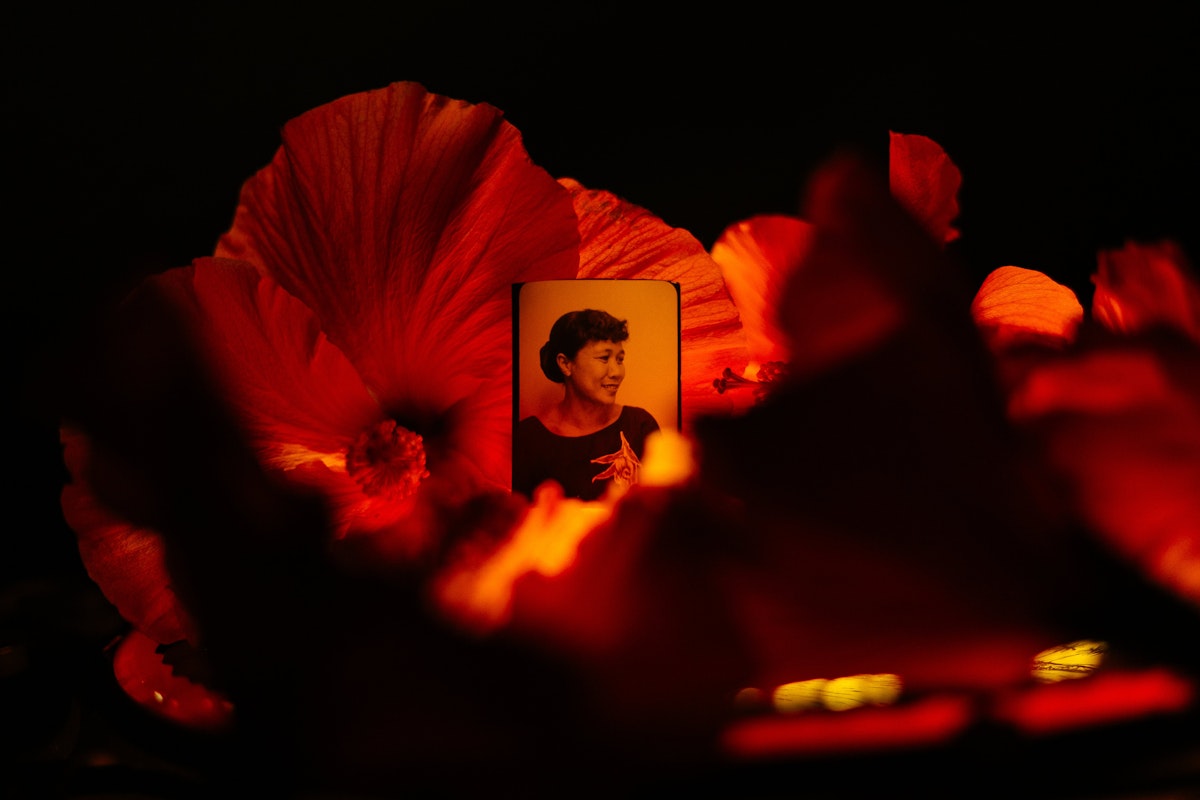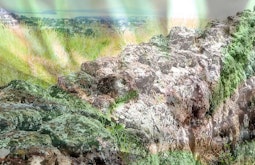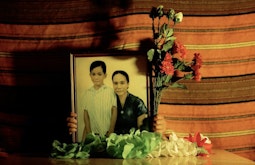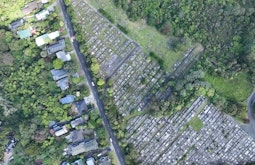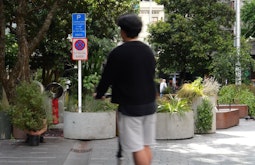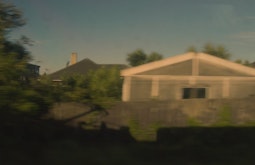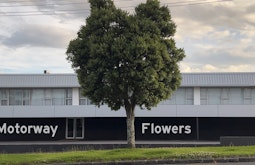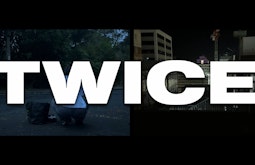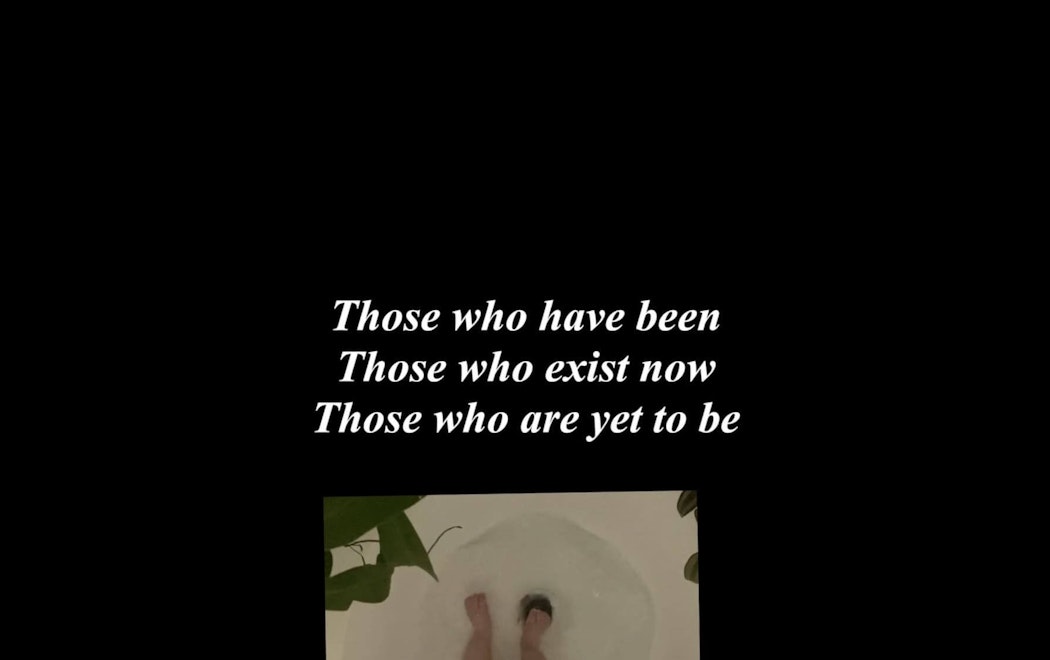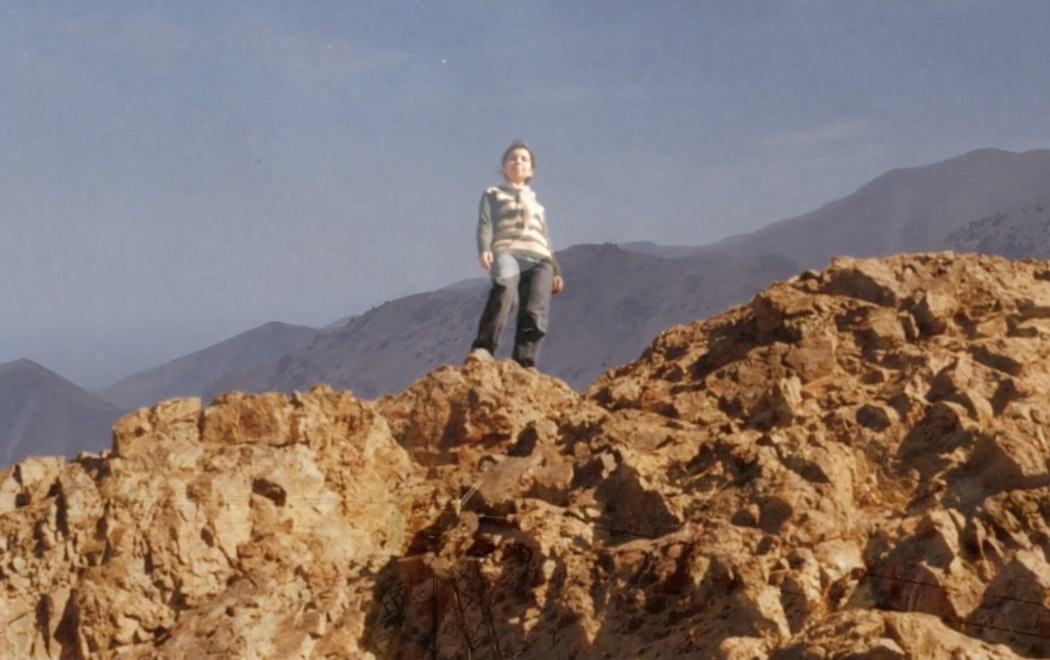How is Tāmaki Makaurau Auckland City described outside of official city maps? Is it possible to navigate off-road, off-grid? What discrete spaces exist in the plain sight of everyday work, life and commerce? How are these activated by people, flora and fauna?
In front of a live audience, artists Layne Waerea, Leala Faleseuga, Gavin Hipkins, Jae Hoon Lee, Gabriel White, and Tia Barrett discuss their video works for Wild Wild Life, a public art project commissioned by Auckland Council, curated by Mark Williams for CIRCUIT, and presented as part of the 2024 Te Ahurei Toi o Tāmaki Auckland Arts Festival.
Installed at a series of site-specific locations across the inner city, the artists’ works were presented in proximity to the construction of the City Rail Network, a massive engineering project that has temporarily remapped downtown Tāmaki Makaurau Auckland as a construction site, and, when completed, will fundamentally alter its psycho-geography.
List of topics
0.00: Introduction from curator Mark Williams, director of CIRCUIT. He gives a broad introduction to the themes of Wild Wild Life and introduces the artists.
02.20: Layne Waerea discusses Bonus Play (2024), introducing the ‘bonus floor’ scheme and its influence on built development of inner city Tāmaki Mākaurau Auckland. Her video work is a playful critique of the nature of these spaces: "Who looks after them, does the public actually know these places that are for their benefit?" On working with an ensemble cast to ask: "What is public access in a public space?"
05.20: Leala Faleseuga discusses Lealaivaega (2024), reflecting on her family’s relationship to Tāmaki Mākaurau as part of the wider story of Pasifika migration to Aotearoa. Her work uses family video archives to describe the history of a family home in Māngere and families' lives in the CBD. Leala describes the religious influence on her grandmother’s life, and how she found an LP recorded by the Pitt St Methodist Church Choir that featured her grandmother and other family members, and used it in the artwork.
08.45: Gavin Hipkins introduces Motion of a Current (2024). He describes the onscreen elements of the work, a combination of imagery of parks and gardens with animated symbols and text quotes. The text is taken from an 1870s science essay describing gravitation, published in Te Whanganui-a-Tara Wellington. Gavin describes the reconsidering spaces of beauty via a post-colonial lens: "… a landscape which is supposedly neutral but which is obviously not neutral."
11:50: Jae Hoon Lee speaks on Space Tree (2024), noting his use of the animated tree as a metaphor to address his own identity and path as a migrant. He lists the sites featured in Space Tree, including the cemetery and Zoo.
15:08: Gabriel White introduces Motorway Flowers (2024), reflecting on the development of his practice as an exploration of "Auckland as a foreign city" after returning from 4 or 5 years travelling. "I felt this need to converse with my surroundings as if I was an alien." He talks about the new artistic strategies used in Motorway Flowers: "[I] turned off my voice and connected with the environment via gesture and movement." Using the city "as a film set" and the sites in Motorway Flowers as "iconic in their lack of distinction." Gabriel describes returning to the same sites in different works as a strategy in the tradition of other filmmakers including Satyajit Ray.
19:15: Tia Barrett speaks on Maungakiekie (2024). "Most of my practice is about whakapapa and finding connection through the taiao (natural world)." Paying homage to landmarks like Maungakiekie as physical entities. Tia describes her working processes as titiro (looking), whakarongo (listening), walking, observation. She discusses her collaborative and consultative process, the images of weaving in the video, and her dialogue with the weaver. She reflects on seeing Kiekie thriving in the ngahere (forest), and the subsequent projection of Kiekie back onto Maungakiekie via her artwork as "a direct homage back to the life Maungakiekie used to have." Tia discusses the location of the work on Queen Street, and her intention to keep the work slow and short. She describes the work's role in public space as "… a few seconds of peace and a reminder of what Maungakiekie used to look like."
25:00: Conversation turns to discuss the site-specific installation of the works, with each artist considering how the sites affect the reading of the work.
25:10: Layne Waerea on the Strand Arcade: "You’ll notice [the video] as you walk by … it’s not necessarily highlighted or underlined."
26:20: Gavin Hipkins on the Edmiston Amphitheatre at back of Auckland Art Gallery Auckland Art Gallery Toi o Tāmaki. He notes that the first footage for the video was recorded in Albert Park, and that screening the work in the Edmiston Amphitheatre returns the work in proximity to the site. "Activation is the main takeaway for me." He also discusses working in public spaces more broadly: "[It] asks an artist to open up to possibilities that their work may change and the site will also respond to the work rather than just being imposed onto that [site]." Gavin notes that the textural elements of the work are affected by the projection surface.
28:30: Jae Hoon Lee on the Caretaker's Cottage in Albert Park: "I think the cottage house functions as a kind of small temple." Jae Hoon describes the installation as "the scale of a living room." He discusses discrete nature of the work and how passers-by at night or daytime can "discover" the work.
31:00: Leala Faleseuga on the Central City Library: she discusses her own background as a librarian, and her work sharing space in the Library with another Pasifika artist. She considers the role of the CBD as an historical site of Pasifika presence in Auckland, including that of her own family.
32:30: Gabriel White on the Ellen Melville Centre in Freyberg Place. In his wider artistic practice, "I adopt places nobody else is interested in." He describes the general location for his work—Freyberg Place—as "clearly an open and public place," in contrast to the sites used in the artwork. He describes the general activity of the area: "When we were deciding to put the work there was so much human performance activity in the square … quite often when we’re in cities and we’re just sitting there eating our lunch the people around us become performers."
34:30: Terry Urbahn from Auckland Council discusses the connection between all the videos, and reflects on the works coming into the collection of the Auckland Council public art collection. He thanks the curator, the artists, and imagines future reflection on these videos—"as a moment in time" in Auckland's development.
